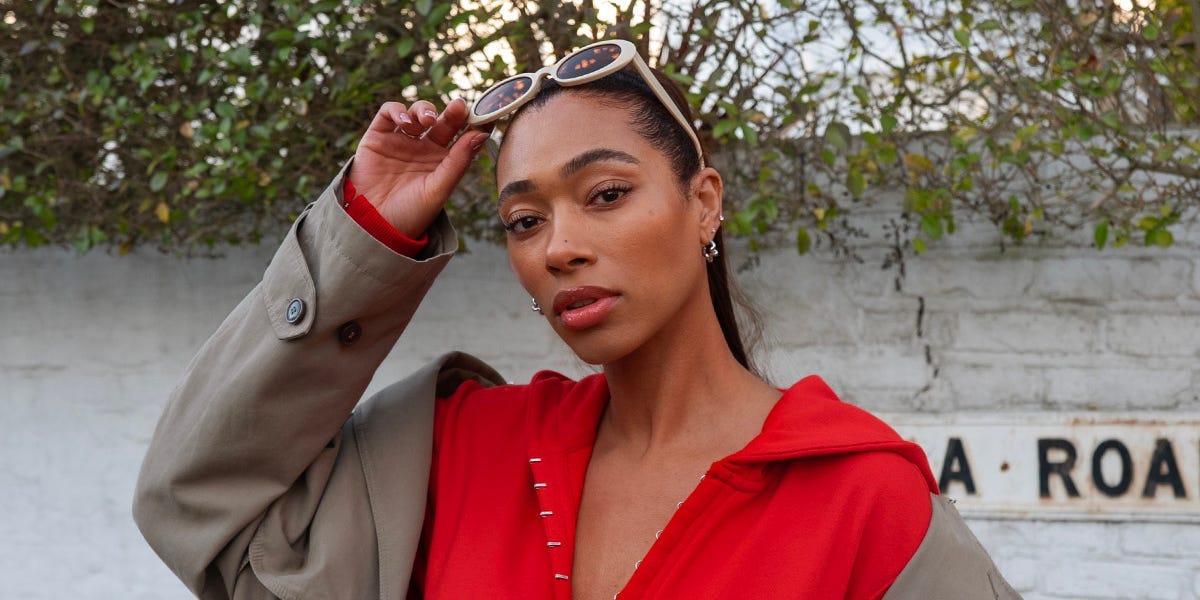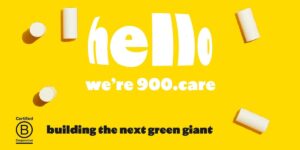In recent months, Lesley Buckle has turned back to writing.
The beauty influencer, known online as Freshlengths, started her career interning at magazines and created her blog in 2010. She was a blogger for several years until Instagram took over as the place to be for influencers. Buckle found a following there, started posting more and more pictures and videos, and neglected her blog.
But a growing feeling of uncertainty on social media has pushed Buckle to get back into blogging.
“You have your own space, and you can control that platform, how it’s viewed. You don’t have to keep pandering to what the algorithm wants, or what the platforms want you to do,” Buckle told Business Insider. “Every time I log onto social media, there’s something different. The blog is going to be a stable space for me.”
Buckle is part of a group of creators that has turned to slower, longer types of content that don’t live on social platforms. It can be blogs like Buckle’s, but also newsletters, books, journals, or even essays and opinion pieces in media outlets — like Dylan Mulvaney’s essay on Porter Magazine, or fitness influencer Annie Openshaw’s piece on gut health in Marie Claire.
As short videos have exploded in popularity with the rise of TikTok, Instagram reels, and YouTube shorts, some creators have found it difficult to build and maintain meaningful connections with their audiences. Feeds of short videos are built around virality, not consistency.
Turning to long-form content — in writing, but also through podcasts, community platforms like Patreon, and YouTube videos — has been a way for creators to counter this.
“They understand it’s volatile, and the best way to make money is to own your audience in some sort of way,” said Rafy Evans, who works as a senior digital manager at Infinity Creative Agency.
For some creators, long-form content is also a way to slow down their relationship with their audiences and build stronger connections.
“You can definitely get burned out by the immediate feedback loop on social media,” said Alexandra Hayes Robinson, a TikTok creator and author of the Substack newsletter Hello Hayes. “It is a very intense thing to put something out and within minutes to have hundreds of comments reacting to that thing, good or bad.”
Alexandra Hayes Robinson
Written content is a way for creators to build ‘community’
The idea of “community” has become central to the creator economy, and long-form content can help foster it.
Fashion creator Emma Brooks said she has taken to reading as a way to slow down and take a break from short-form content. She’s also found it’s a good way to build a stronger relationship with her followers. She shares her thoughts on books through written reviews and an upcoming Instagram broadcast channel that she will treat like a book club.
“For me personally, there’s an appreciation for substance that is coming back,” she said. “Putting your thoughts out there into the world and having either people agree or disagree with that and having a conversation, there’s so much more gain and fulfillment in that rather than watching a video for 15 seconds.”
Blogs also have the added benefit of potentially appearing on Google searches, when they’re optimized for SEO, which can help creators reach new audiences.
And for creators who started their careers in the early-2010s blog era — like Buckle and fitness creator Annie Openshaw — writing may also feel more natural, and a way to return to their roots.
“I have never really clicked with the fast, choppy content that TikTok has made the norm, and I much prefer being able to express my thoughts and feelings on a topic,” Openshaw said.
Ashley Batz
There are never too many income streams
A potential TikTok ban has been a harsh reminder for creators that relying entirely on social platforms for their careers can be a risky bet. Some of them recently told BI that a TikTok ban would be devastating. Creators generally view being multi-format as a wise business move.
“It’s just a smart business tactic to have people be able to experience what you have to offer in different formats. It’s been super successful for me,” Hayes said. “As I think about growing the Hello Hayes universe, I think about all of the different ways that people can access what I have to offer.”
The options for monetization can vary depending on the medium. For newsletters, creators can offer a paid subscription or include sponsored content with brands. For blogs, there can be different types of banner ads and affiliate links, as well as sponsored content.
Sponsored content on blogs and newsletters can be attractive for brands because it can often hit a more dedicated audience and drive conversions at the bottom of the funnel compared to social platforms, said Thomas Walters, Europe CEO of influencer-marketing agency Billion Dollar Boy.
“The type of audience who’s going to take the time to read a long-form blog or a Substack are probably what we define as the evangelists, individuals who are really highly engaged,” said Julianne Fraser, founder of brand-marketing consultancy Dialogue New York.
Particularly when it comes to newsletters and other types of subscriber-only content, the perception is that these readers have a strong stake in the work of the creator.
“When you are a [newsletter] subscriber, it’s like you’re laying a foundation brick into whatever it is that someone is building, and it’s not even just whatever it is that they’re building, you are laying a foundation brick into something that you’re building together,” said Jessamyn Stanley, a creator who recently started the Substack newsletter Satanic Baby Girl. “They are really investing in a way where we’re creating a sacred space.”




